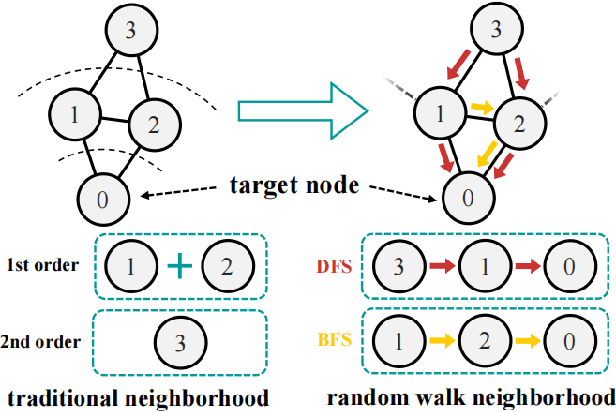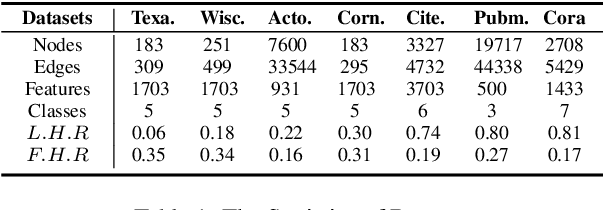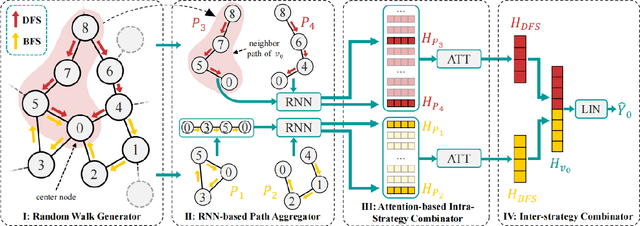RAW-GNN: RAndom Walk Aggregation based Graph Neural Network
Paper and Code
Jun 28, 2022



Graph-Convolution-based methods have been successfully applied to representation learning on homophily graphs where nodes with the same label or similar attributes tend to connect with one another. Due to the homophily assumption of Graph Convolutional Networks (GCNs) that these methods use, they are not suitable for heterophily graphs where nodes with different labels or dissimilar attributes tend to be adjacent. Several methods have attempted to address this heterophily problem, but they do not change the fundamental aggregation mechanism of GCNs because they rely on summation operators to aggregate information from neighboring nodes, which is implicitly subject to the homophily assumption. Here, we introduce a novel aggregation mechanism and develop a RAndom Walk Aggregation-based Graph Neural Network (called RAW-GNN) method. The proposed approach integrates the random walk strategy with graph neural networks. The new method utilizes breadth-first random walk search to capture homophily information and depth-first search to collect heterophily information. It replaces the conventional neighborhoods with path-based neighborhoods and introduces a new path-based aggregator based on Recurrent Neural Networks. These designs make RAW-GNN suitable for both homophily and heterophily graphs. Extensive experimental results showed that the new method achieved state-of-the-art performance on a variety of homophily and heterophily graphs.
 Add to Chrome
Add to Chrome Add to Firefox
Add to Firefox Add to Edge
Add to Edge